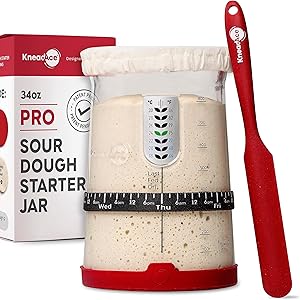Understanding Barleywine
Barleywine is a strong ale that originated in England, characterized by its high alcohol content, rich malt flavors, and complex aroma. The term “barleywine” itself is a combination of “barley,” referring to the primary grain used in brewing, and “wine,” indicating its high alcohol content, which can range from 8% to over 12%. This style of beer is known for its sweetness, often featuring notes of caramel, toffee, and dark fruits, making it a favorite among craft beer enthusiasts.
Should You Age Barleywine?
The question of whether you should age barleywine is a topic of much debate among beer aficionados. Aging barleywine can enhance its flavors, allowing the beer to develop a more complex profile over time. The high alcohol content and rich malt backbone provide a solid foundation for aging, similar to fine wines. However, not all barleywines are created equal, and some may be better suited for aging than others.
Factors Influencing Aging Potential
Several factors influence the aging potential of barleywine. The initial quality of the ingredients, the brewing process, and the storage conditions all play crucial roles. High-quality barleywines with robust flavors and a balanced sweetness are more likely to benefit from aging. Additionally, the presence of hops can impact aging; while some hop-forward barleywines may lose their hoppy character over time, malt-forward varieties often gain depth and complexity.
Optimal Aging Conditions
If you decide to age barleywine, it’s essential to store it under optimal conditions. Ideally, barleywines should be kept in a cool, dark place with a consistent temperature, away from direct sunlight and temperature fluctuations. A temperature range of 50-55°F (10-13°C) is generally recommended for aging. Proper storage can help preserve the beer’s integrity and allow it to mature gracefully over time.
How Long Should You Age Barleywine?
The aging duration for barleywine can vary significantly depending on the specific beer and your personal taste preferences. Generally, barleywines can be aged for anywhere from six months to several years. Younger barleywines may exhibit more pronounced hop flavors, while those aged longer often develop richer, more complex malt characteristics. It’s advisable to sample your barleywine periodically to determine when it has reached your desired flavor profile.
Get more content like this!
Sign up to receive updates and new terms first hand.
Flavor Changes During Aging
As barleywine ages, its flavor profile undergoes notable changes. The initial hop bitterness may mellow, allowing the malt sweetness to shine through. Over time, you may notice the emergence of new flavors, such as sherry-like notes, dried fruit, and even a slight oxidation character, which can add to the beer’s complexity. These changes can create a unique tasting experience, making aging an exciting journey for beer lovers.
When to Drink Fresh vs. Aged Barleywine
Deciding when to drink your barleywine can depend on your taste preferences and the specific beer in question. Fresh barleywines often showcase vibrant hop flavors and a more pronounced sweetness, making them enjoyable right after release. Conversely, aged barleywines can offer a more nuanced experience, with deeper flavors and a smoother mouthfeel. Ultimately, the choice between fresh and aged barleywine comes down to personal preference.
Notable Barleywine Brands for Aging
Several breweries produce barleywines that are known for their aging potential. Some notable examples include Sierra Nevada’s Bigfoot Barleywine, which is celebrated for its rich malt character and ability to age gracefully. Other brands, such as Anchor Steam’s Old Foghorn and Dogfish Head’s Olde School, also produce barleywines that can benefit from time in the bottle. Exploring different brands can help you find the perfect barleywine for your aging experiment.
Conclusion on Aging Barleywine
In summary, whether you should age barleywine largely depends on the specific beer and your personal preferences. While aging can enhance the complexity and depth of flavors, not all barleywines are suited for long-term storage. By understanding the factors that influence aging potential and experimenting with different aging durations, you can discover the unique characteristics that develop in your favorite barleywines over time.




